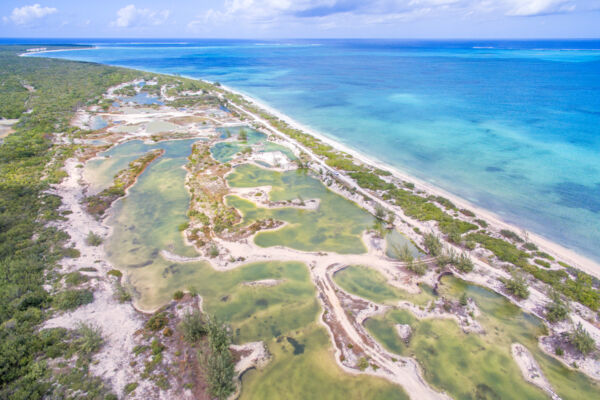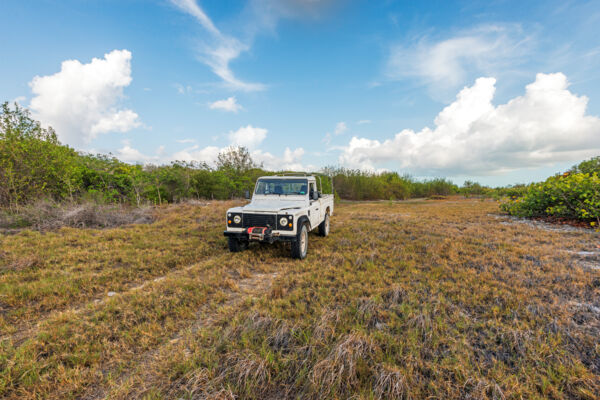Wheeland Beach Providenciales

Wheeland Beach is a remote and largely inaccessible coast located west of the settlements of Blue Hills and Wheeland. The beach is essentially the northwest continuation of Blue Hills Beach.
Wheeland Beach is quite beautiful—yet, due to being exposed to the typical eastern trade winds, the coast often has choppy water conditions and flotsam and seaweed on the beach.
During atypically calm weather conditions, interesting snorkeling can be had at the many coral heads found off the beach.
Sights and Scenery
As a windswept, remote coast, Wheeland Beach is not quite as conducive to general swimming as many of the other beaches on Providenciales. The area, however, offers beautiful views and decent sightings of birdlife. It's common to see brown pelicans, ospreys, and shore birds here.
As a windward coast, it’s typically quite breezy here, and the onshore winds create some good flotsam beachcombing opportunities.
The old Northwest Point Trail once led along much of Wheeland Beach, traversing dune, tropical dry forest, and marsh environments before eventually ending near Northwest Point. However, it’s no longer possible to walk the full, original route.
The Sand Quarry

Adjacent to Wheeland Beach is the old Wheeland sand quarry, where sand for construction was mined in the 1980s and 1990s. Mining has ceased, yet extensive pits have been left behind and are now ponds that attract a multitude of birds—primarily white-cheeked pintail ducks, stilts, and the occasional Caribbean flamingo.
Beach Accesses

There are no official accesses to Wheeland Beach. The coast is accessible from some spots along the historical Northwest Point and Mule Point Trail, which existed for more than a century and once connected Blue Hills with Malcolm’s Road Beach. Later, it led to the light tower at Northwest Point. The full original route is no longer accessible.
Wheeland Beach is easiest to access from the eastern side of the coast, past where Froggies restaurant used to operate. On its northwestern end, tracks lead to the beach in the vicinity of Northwest Point Resort. These tracks are only suitable for high-clearance vehicles.
Dangers
As is the case with many secluded areas in the Turks and Caicos, remote areas such as Wheeland Beach may have an increased risk of crime.
Coral sumac (Metopium toxiferum) can be found growing in the tropical dry forest in the dunes above Wheeland Beach. Even light contact with this tree can cause serious rashes and blisters.
